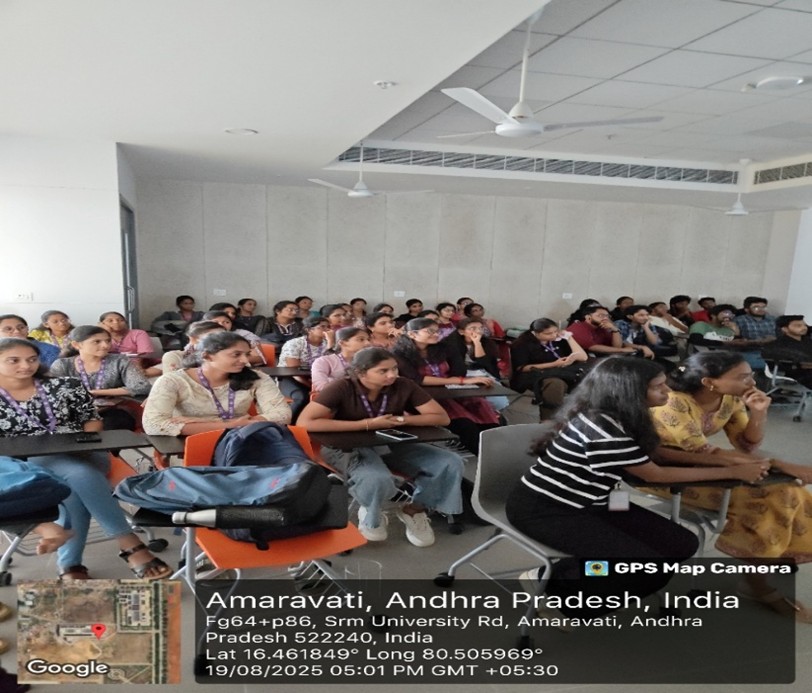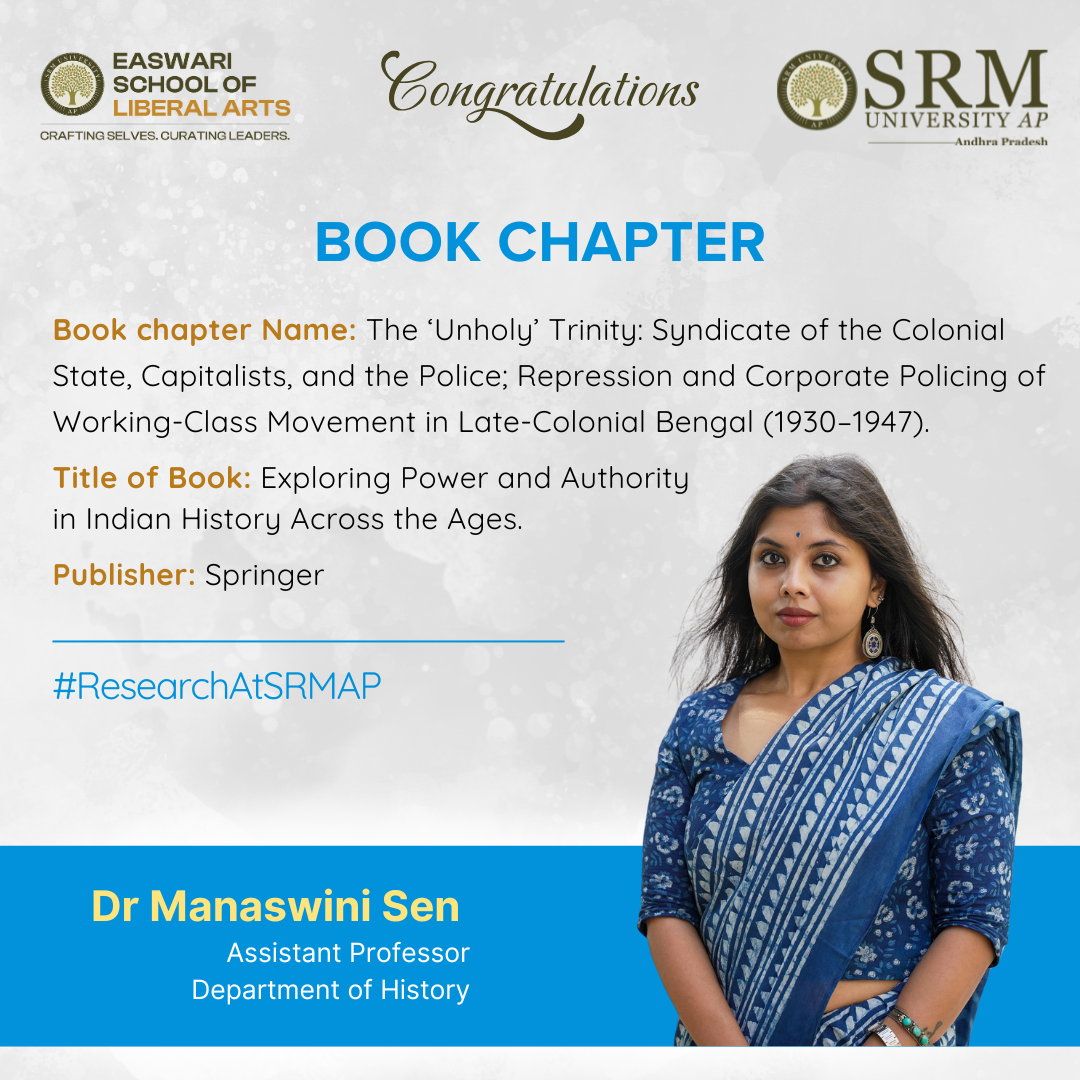News and Activities
- Exploring History through Cinema: Screening of Sadgati September 8, 2025

The History and Heritage Club screened the movie Sadgati (1981) on Aug 19, 2025, that gave students a chance to experience one of the significant pages of Indian cultural and social history. Not only is Sadgati an excellent piece of cinema, but it is also a written account of history because of the way the traditions, usages, and hierarchies influenced the lives in the past.
The telefilm is a landmark in Satyajit Ray’s career, as this was his first film which produced in collaboration with the television. In addition to its artistic mastery, the film is also historically relevant since it speaks of the social realities deeply embedded in the society of India, rural India in particular, the social realities of caste and inequality.
The motivating theme of the event was to influence students to regard film as a historical text, like literature and archival records, that expresses and critiques society. Participants learned the historical experiences of injustice to social equality in our current society by becoming immersed in the film.
The screening developed a ripple effect as it made the students think about how history can define society and how art remains a provocation and a life changing factor.
Continue reading → - The ‘Unholy’ Trinity: Repression of the Working- Class in Late-Colonial Bengal May 21, 2025
 Dr Manaswini Sen, Assistant Professor in the Department of History at SRM University – AP, Amaravati in her chapter titled “The ‘Unholy’ Trinity: Syndicate of the Colonial State, Capitalists, and the Police; Repression and Corporate Policing of Working-Class Movement in Late-Colonial Bengal (1930–1947)”, published in Exploring Power and Authority in Indian History Across the Ages (Springer), investigates how the colonial state, capitalist interests, and the police referred to as the “unholy trinity”collaborated to repress working-class movements in late-colonial Calcutta between 1930 and 1947.
Dr Manaswini Sen, Assistant Professor in the Department of History at SRM University – AP, Amaravati in her chapter titled “The ‘Unholy’ Trinity: Syndicate of the Colonial State, Capitalists, and the Police; Repression and Corporate Policing of Working-Class Movement in Late-Colonial Bengal (1930–1947)”, published in Exploring Power and Authority in Indian History Across the Ages (Springer), investigates how the colonial state, capitalist interests, and the police referred to as the “unholy trinity”collaborated to repress working-class movements in late-colonial Calcutta between 1930 and 1947.The study examines the complex interests of the capitalist class and the British imperial state in late colonial India, focusing on their collective oppression towards labor radicalisation. It examines the legal measures taken by the British imperial state to monitor working-class militarisation and the strategies employed by capitalists to disrupt strikes and deny workers’ claims.
The chapter also discusses the establishment of white or pro-state unions that used communalism to disrupt strikes and hinder revolutionary union movements in late colonial Calcutta. The chapter provides new perspectives on competition-collaboration theories, discusses the role of Indian capitalists, and explores the question of communalism in trade union politics in late colonial Bengal. It is relevant for those working in labour history, mass movement history, late colonial Calcutta, and urban history.
About the book :
Exploring Power and Authority in Indian History Across the Ages offers a nuanced exploration of power and authority in Indian history through a series of case studies spanning different regions and time periods. It examines the sociological, cultural, economic, and historical dimensions of power, critiques dominant ideologies, and highlights responses from marginalised groups. Providing insights into diverse political structures from ancient to modern times, this volume is a valuable resource for historians, scholars, and researchers of Indian and South Asian history.
Continue reading →

